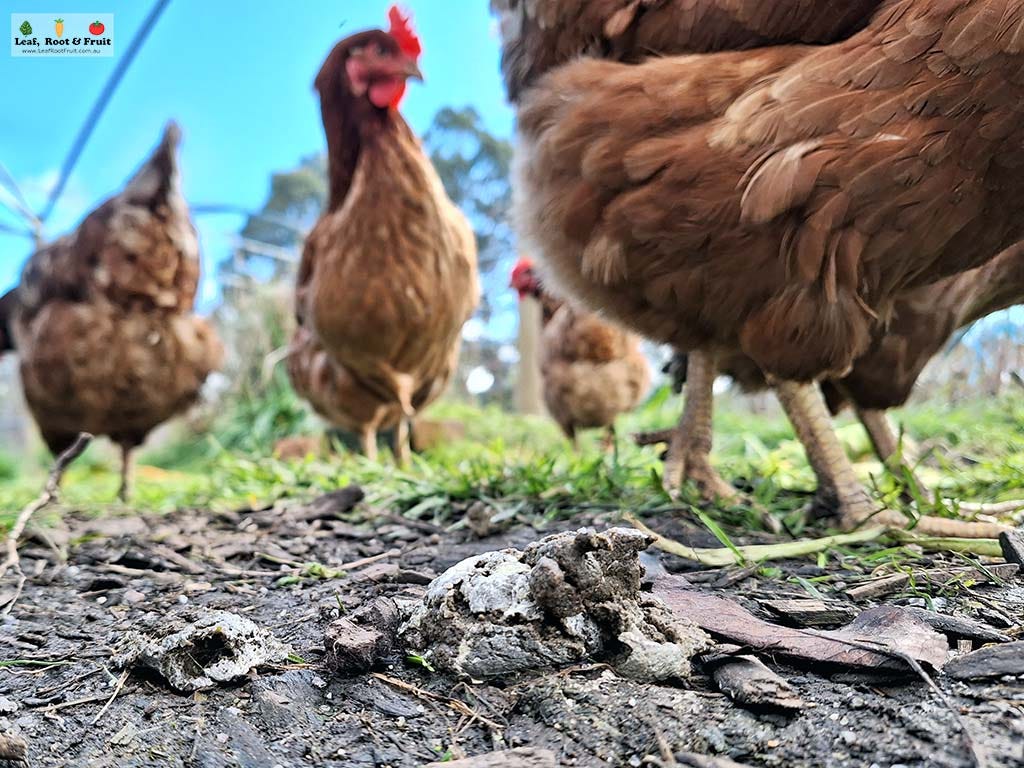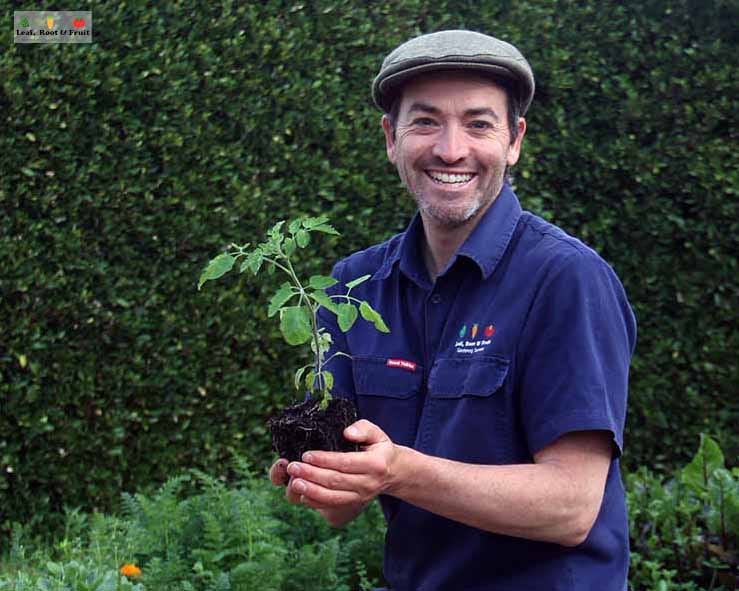Chicken Manure, Seedy Schedules and an Awkward Admission
Your questions answered
Do you have a food-growing question you’d like me to answer? Check out these guidelines to find out the best way to ask.
Good to go, or best to rest?
Can I use fresh chicken manure directly on the garden? Or will it burn my plants?
Steven D, Auckland
I’ve never had a problem with using fresh chicken manure on the garden. I did once have an issue with horse manure from local racing stables, but in hindsight that was probably herbicide contamination at play.

Chicken manure is like gardening gold, and in my mind it’s surpassed only by worm castings for its nutrient-rich soil enhancement ability. I use it to top-dress perennial vegetables such as asparagus and rhubarb to help increase their productivity. I sprinkle it around the base of the plants, but avoid placing the manure right on the crown of the plant.
Chicken manure is also great for feeding berries such as raspberries and blueberries and it’s an essential boost for citrus and avocados. I scrape back the mulch layer, sprinkle the chicken manure around the base of the plant and then replace the mulch layer (and, if needed top up with more wood chips.). Never once has this caused an issue for my plants and I’ve had only positive results.
I tend not to use chicken manure on my vegetables, but that’s mainly because I don’t have as much as I’d like (Go paid to support my ongoing addiction to accumulating more poop-producing chickens). So I prioritise the berries and evergreens I’ve listed above when it’s time to dole out the manure. But it could be used to top-dress heavy feeding vegetables such as sweet corn during the growing season. Just don’t use the manure on light feeders (more on heavy, moderate and light feeders here).
I’d especially avoid using chicken manure on deciduous fruit trees. It tends to make them grow too big. More on that here.
Simplifying seedy scheduling
Can I confirm that your schedule is for the planting of actual plants in the Melbourne area during that month; therefore, I need to work back 4–6 weeks to determine when to sow seeds to get seedlings to transplant. But then when it comes to November and December, I can actually plant the seeds directly?
Sharon B, Diamond Creek
My planting guide usually covers planting vegetable crops into the garden (as opposed to into a greenhouse). This planting may consist of seeds directly sown (my usual and preferred method) or plants transplanted as seedlings. With many crops (eg zucchini) there is only a week or two difference sowing seeds and achieving transplantable seedlings. Microclimates vary greatly, so I haven’t bothered to differentiate in my monthly planting guides. The exception is events such as starting tomatoes early in a greenhouse, where I mention that specifically in a separate section of the guide to avoid confusion.
Warm temperate climate areas such as Melbourne have a very long growing season, especially compared to cool temperate regions such Kyneton. So there is a huge degree of flexibility in Melbourne when it comes to timing of planting. For example, some Melbourne microclimates have a two- or even three-month window in which to plant tomato seedlings into the ground. Here in Kyneton the optimum tomato planting time lasts for only two to three weeks. If you plant too early the frost gets them or they stagnate like my Fool’s Garden tomatoes did last year. If you plant your tomatoes too late, they won’t ripen in time before the cool autumn sets in.

My planting guide should get you in the ballpark, and it’s then up to you to use your own ongoing records and trial and error to refine the perfect planting plan for your own garden microclimate.
I’m trying to be more specific about the timing of planting in the individual How to Grow Guides that I’m sending out now (read them all here). Once I have a decent library of guides published, I might look to update the way the monthly planting guide is presented, but it is difficult to find a balance between keeping the planting guide simple and providing all the detail in the one place.
Feel free to leave further feedback on the planting guide in the comments section.
Am I admitting I have a favourite child?
If you could grow only one variety of tomato this year, what would it be?
Donna L, Woodend
This is such a difficult question. A good parent never admits that they have a favourite child, but the favourite still somehow knows (it’s all right, Mum, I already know who it is).

